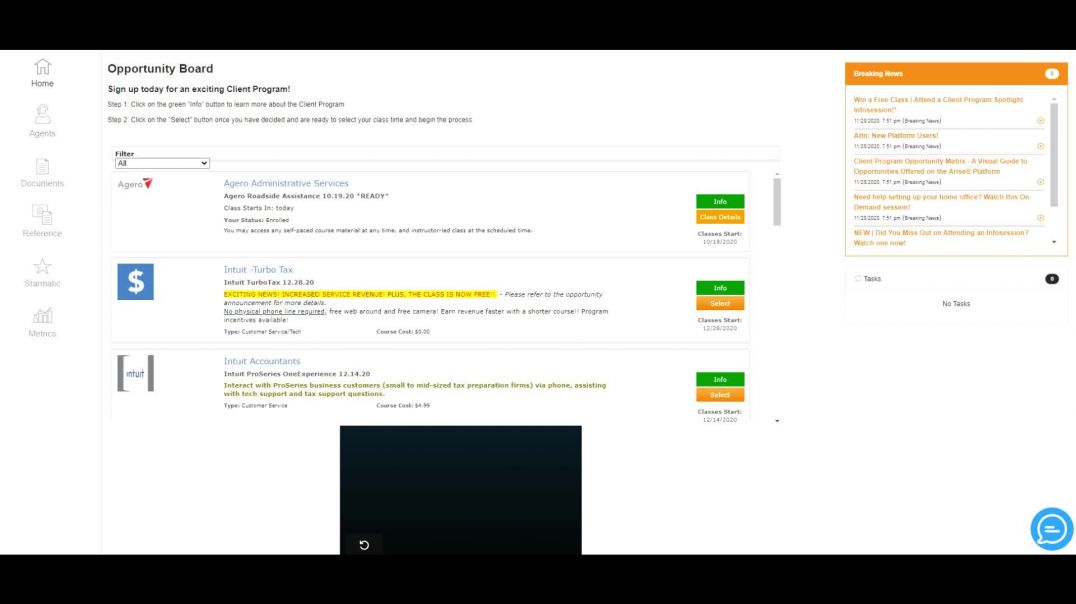7 Views· 11/22/21· Other
71BA7565-32F9-4E74-A2E1-AD0CFAFB9F89
Ada Foah,Ghana’s Home of Uncovered Paradise
Ghana is most famous for its coastline which is where the majority of tourists will spend their holidays, though the best beaches lay way out west, too far for a weekend getaway from Accra. I was luckily able to find an exception to the rule in a relatively undiscovered piece of paradise in the East going towards Togo – a gorgeous palm-lined and rustic beach near the fishing town of Ada Foah.
Traveling ‘short’ distances in Ghana is best done by tro-tros which are beat up mini-vans squeezing in as many passengers as possible. They’re everywhere and can take you also just about anywhere, dropping and picking people up along the road. Though not super comfortable, it’s a great way to travel with the locals and super economic as well. Our ride to ‘off-the-beaten-path’ Ada Foah took a little more than two hours and costs us about $4 each – a bargain to reach the dreamy coastal town.
Ada Foah is a fishing town on the southeast coast of Ghana, where the Volta River meets the Atlantic Ocean. The town (situated on the Island) is known for palm-lined beaches and estuary islands.
Marine turtles breed in the area. On the seafront are traces of Fort Kongenstein, built by 18th-century Danish traders. Next to the old Presbyterian Church is a 19th-century missionary cemetery. Songor Lagoon is a wetland area with numerous bird species.
Ada Foah has long sandy beaches; the Leatherback turtle, Green turtle and Olive Ridley turtle lay their eggs on the seashore. The main nesting areas are the islands/sandspit between the two estuaries and beaches westward of the estuary. Visitors can witness the fascinating sight of the huge turtles coming out of the water and nesting in the sand.
The town has conserved sites such as mangrove forests, crocodile islands and migratory birds sites.
Spot marine turtles, visit breeding points and see the fascinating map of sea turtle migrations in Ghana, with links to other parts of the world.
Sail around 1000 Island communities on the Volta lake and it is largest estuary in Ghana with various waterspouts from speed boats to sailing, canoeing to kayaking or surfing for the brave hearts.
Aflive, a nice village on the big island just opposite Ada Foah try some of the locally distilled apateshie. The islanders are known for their distilling prowess. Taste in moderation as alcohol contents can be extremely high.
Market days at Ada-Foah falls on Wednesdays and Saturdays (market days) for varied seafood selection – fresh clams, shrimp, crabs and several varieties of fish all for great prices. You can also find fresh green vegetables as well, such as cucumbers, bell peppers, lettuce, onions and carrots.The first week of August and partake in the most popular festival in the Greater Accra region #Asafotufiam.
There are several hotels from luxury riverfront facilities such as Aqua Safari Resort, Tsarley korpey Resort to budget facilities offering various levels of service in Ada. Beach camps that individuals can lodged in during a visit to this great tourism community.
The Fort Kongenstein,Ada Foah
Only traces of Fort Kongenstein may be found in Ada, in the Greater Accra Region. The port of Ada is located at the mouth of the Volta River: thus, Ada boasts both of outstanding beaches and exquisite riverfront scenery. The small fort built by the Danish in 1783 was purchased by the English on the 15th of March 1850 . The fort has since disappeared into the sea.
Dutch traders were the first to open up trade between Europe and Ada in the 16th century and built a new trading post in 1775. Later, the Danes took over, who at this time had power over the whole coast east of Accra. They remained in Ada for more than 100 years and had friendly business relationships with the locals. To defend their trading post against the attacking neighboring tribes, the Danes built Fort Kongenstein in 1783. This fort actually gave Ada Foah its name: Ada Fort, village of the fort.
When the British arrived at the end of the 19th century, the Danish sold their forts and trading posts to them. That was the time independence ended and British Colonial Rule was imposed. In contrast to the peaceful cooperation with the Danish, the British treated the people of Ada, also called Adali, like conquered people.
During this time of trading with the Europeans Ada also became a major market for the slave trade. After slave trade had been abolished, the Adas traded products of the African tropical forest (mostly palm oil, palm kernels and rubber).
Ada used to be a major trading center and trade was one of the main sources of income. There were large warehouses for storing the trading goods close to the seaside. Its special location at the estuary ensured a quick transportation along the Volta River up to the North of the country. The economic activities reached a peak around 1901 when a transportation system called the Volta River Transport System was launched.
Ada Foah has for a long time now been the paradise town of the Greater Accra region of Ghana with a lot to see and do. The typical Ghanaian warmth flows easily from village to village and on the streets with each person serving as a potential tour guide. Ada is vitally the only. town that cannot be omitted from the Ghana map when its drawn each time as its tucked between the Volta Lake and the Gulf of Guinea (Atlantic Ocean) with the estuary (Azizanya) being a hotspot for leisure lovers.
Photo Credit:Jean Okansey
Article:MacSedem Pixels























0 Comments